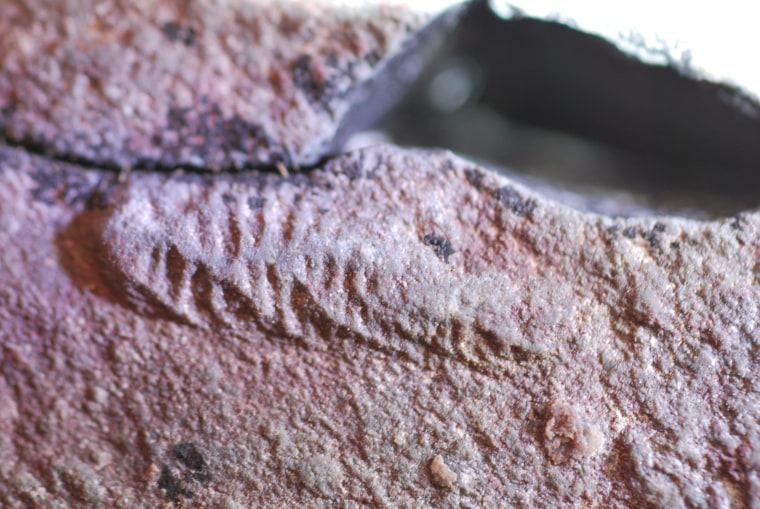
Researchers have found the weird shapes of the world's earliest-known baby animals preserved in rock on Newfoundland's coast, apparently thanks to a Pompeii-like volcanic blast that covered the little critters with ash about 579 million years ago.
Like Pompeii's famous ash-encased forms, the ash layer solidified over soft bodies that otherwise might have been lost in the process of fossilization. In this case, the preserved animals are bizarre, fern-shaped animals from a little-known geological age known as the Ediacaran Period, which ran from 635 million to 542 million years ago. This is the age that marked the appearance of the first complex multicelled organisms — strange-looking creatures that disappeared when the Ediacaran Period gave way to the Cambrian Period.
These particular creatures were rangeomorphs, fern-shaped organisms that lived deep below the sea surface. They bear a superficial resemblance to sea-pen corals, but their detailed body plan is like nothing that exists in the world today. Because they lived so far underwater, they didn't make use of photosynthesis, as most plants do — but they may not have had all the charactistics of animals, either.
Scientists from Oxford and Cambridge University, in collaboration with the Memorial University of Newfoundland, found more than 100 of the fossil shapes in rocks at Newfoundland's Mistaken Point Ecological Reserve. Oxford's Martin Brasier said a volcanic eruption on a nearby island apparently overwhelmed "an underwater 'nursery' of baby Ediacaran fronds." Brasier is one of the authors of a report on the research due to appear in the July issue of the Journal of the Geological Society.
"The fossilized 'babies' we found are all less than three centimeters long and are often as small as six millimeters — many times smaller than the 'parent' forms, seen in neighboring areas, which can reach up to 2 meters in length," Brasier said in an Oxford news release. "This new discovery comes from the very bottom of the fossil-bearing rocks, making it one of the oldest bedding planes to preserve 'animal' fossils in the whole of the geological record."
Another co-author, Cambridge's Alexander Liu, said "these juveniles are exceptionally well-preserved, and include species never before found in rocks of this age. ... The discovery confirms a remarkable variety of rangeomorph fossil forms so early in their evolutionary history."
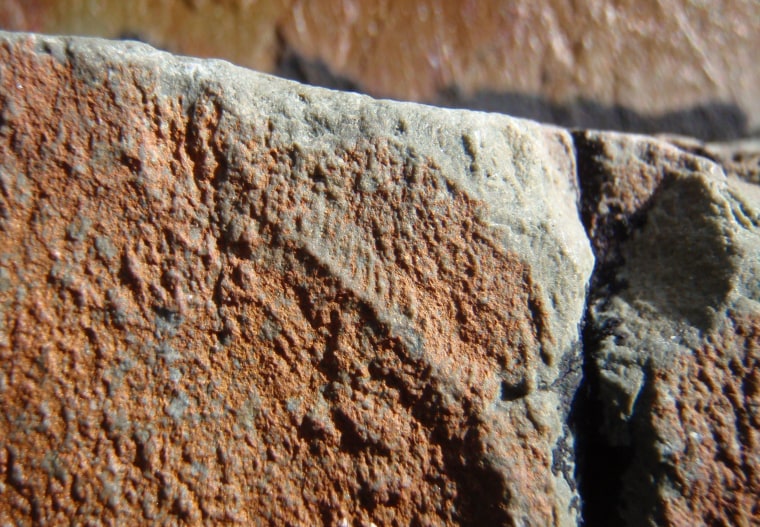
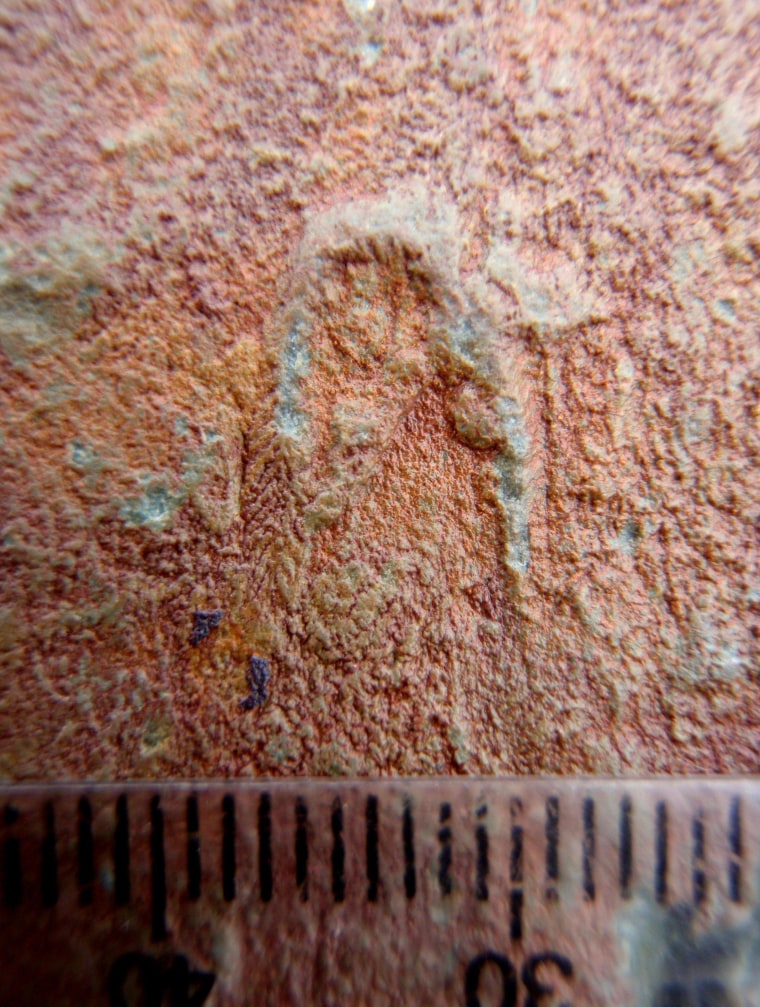
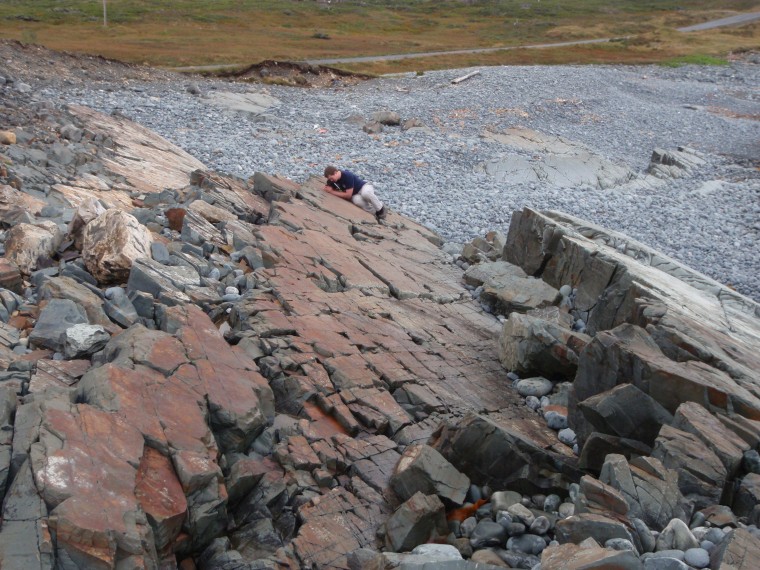
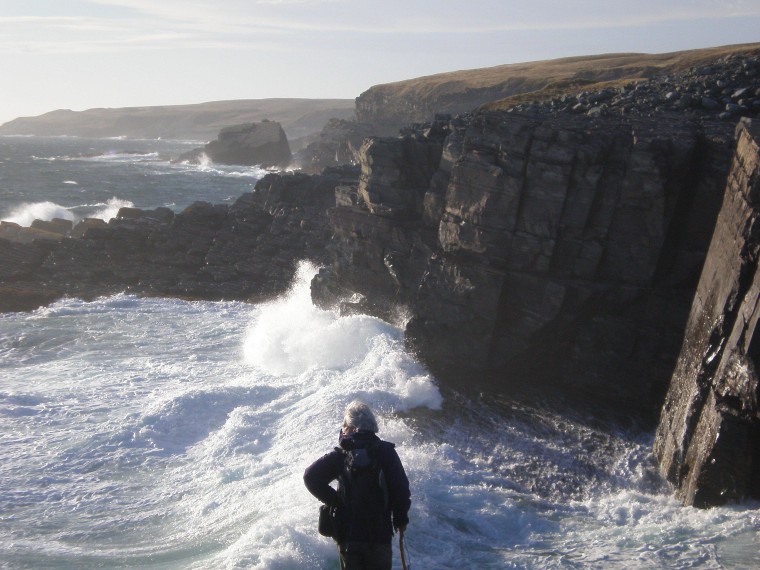
The Ediacaran Period was an crucial era in evolution because it's thought to mark life's transition from mostly microbial forms to a profusion of complex, multicellular organisms.
"We are now exploring even further back in time to try and discover exactly when these mysterious organisms first appeared, and learn more about the processes that led to their diversification in an 'Edicarian Explosion' that may have mirrored the profusion of new life forms we see in the Cambrian," Brasier said.
More about the earliest creatures:
- Tiny tracks of first complex animal life discovered
- Meet Earth's earliest animal with a skeleton
- Plant or animal? Odd fossils defy classification
- Earth's earliest creatures had muscles
- Flash interactive: Earth's timeline
In addition to Brasier and Liu, the authors of "A New Assemblage of Juvenile Ediacaran Fronds From the Drook Formation, Newfoundland" include Jack Matthews and Duncan McIlroy.
Alan Boyle is msnbc.com's science editor. Connect with the Cosmic Log community by "liking" the log's Facebook page, following @b0yle on Twitter and adding the Cosmic Log page to your Google+ presence. You can also check out "The Case for Pluto," my book about the controversial dwarf planet and the search for new worlds.
